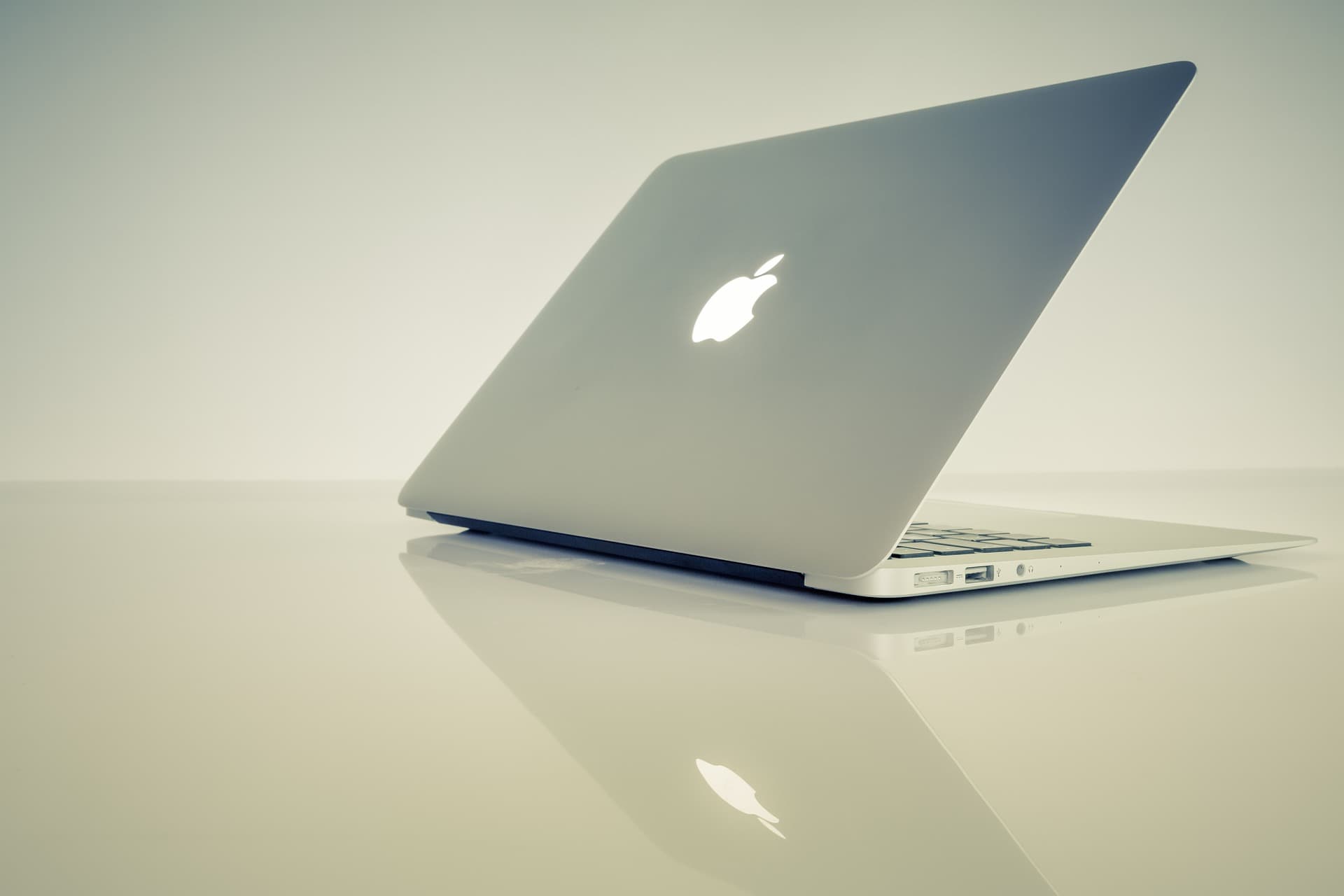Switching from PC to Mac

If you’ve been using Windows for a long time, switching to macOS may appear to be a difficult task, but it’s much simpler than it appears at first glance. Here’s all you need to know about PC to Mac transitioning and various tips to use.
Considerations for a Pre-Switch
Before switching to Mac, consider how much effort and cost it would take you to replace all of your current hardware and software with equivalents.
PC to Mac – Hardware considerations
Of course, you don’t need to worry about most hardware on a switch because virtually nothing is moving physically into the Mac within a desktop computer box or a notebook. The only true exception is to take the hard drive out of the PC and install it in an external drive container to connect to the USB or Thunderbolt ports on your Mac, but this is it.
You probably think better about the hardware you’re going to connect to your new Mac. But, especially for Mac mini, as with a MacBook Pro, you don’t have anyone with a Mac mini out of the box because it has a built-in display, keyboard, and trackpad.
If the Mac mini is, you must consider connecting a monitor, keyboard, and mouse and, where necessary, a network cable. Luckily, the back of the Mac mini has a host of standard ports, so things like HDMI, Thunderbolt, and USB are easily connected.
Instead, due to relatively few Thunderbolt ports, you cannot immediately connect as many devices to one of the MacBook lineups. If you need to connect external hardware to MacBook, you might need to consider gaining dongles or a thunderbolt dock.
Sometimes, wireless versions, for example, a Bluetooth wireless mouse, may be important for users to save themselves from the need for a dongle.
You can also use it to check whether your hardware is compatible with your Mac. In most cases, peripherals and other hardware can connect to a PC to work with a Mac, though it is not specifically labeled.
Migration to Macs may have trouble transferring data from outdated computers. In such cases, the best solution is to gain drivers or software from the manufacturer’s website, if any.
PC to Mac – software considerations
Because most hardware work interchangeably with Windows and Mac, you will have a lot of software that works interchangeably with both systems.
In addition, a macOS version of an application is available to supplement the Windows release most times.
This app applies in particular to major software packages and other large-scale applications. As with the Creative Cloud portfolio of Adobe, there are several games accessible on Steam, such as Microsoft Office on macOS. Web-centered apps and tools also exist, and Mac versions, like Skype, Zoom, Slack, and others, are automatically made available.
Of course, there’s probably no available Mac version for apps created by smaller teams, older tools, and software designed for a Windows audience, but it’s becoming rarer as time progresses.
If a Windows program does not have a macOS app, there are numerous alternatives that you can buy and do the same job. This is not just apps with no Mac counterpart, but also many applications with perfect alternatives. For example, Pixelmator Pro can easily replace Adobe Photoshop while importing Microsoft Access information in FileMaker Pro.
Apple also offers a wide range of free apps, including GarageBand for music creation, the iWork Productivity Suite, and Safari and Mail for web browsing and e-mail. In addition, you should try out built-in Apple apps and tools, as they can do the job you need without having to purchase more apps.
There are still some ways you could get the app on your new Mac if there are extremely rare situations in which you cannot access Mac-enabled versions or a suitable alternative to the Windows app.
You can download a special bootloader for Windows on Intel-based Macs, which enables you to install Windows. This is not currently possible with Apple’s own hardware, but this might change in the future.
The advantage is that you can run a Windows application on your Mac because you run Windows. The Bootcamp problem is that running Windows on Bootcamp can be a thrill for many, so you must quit macOS completely.
PC to Mac – Data considerations
The right thing is that if you have files in your Windows machine and you want to move them to a Mac, most of them will be readable because MacOS can read Windows file-types. Given the amount of applications with Mac and PC versions that handle the same file types, you should be able to open the great majority of files you transfer over.
As previously stated, if an application isn’t available in macOS, but an alternative can be used, that should be considered an acceptable compromise. In addition, developers frequently provide compatibility for file formats other than the native ones used by their app, which is useful to know.
PC to Mac – Transferring your data
Working out the best approach to move your data from the PC to the Mac is a major issue, and it’s not always as simple as simply loading files onto a USB flash drive and transferring them over one by one.
First, Apple provides the Windows Migration Assistant, a software utility for your PC that may be used to transfer data across a network to a new Mac. The program, which will be available for Windows 7 and later, can transfer a wide range of data types from default data stores on the PC to their equivalents on the Mac.
What data does Windows Migration Assistant transfer to a Mac?
Email settings and emails in Windows Live Mail
Some system options are available, including language and location, as well as personalized desktop images.
Non-system files are kept in the Windows or Program Files directories.
Contacts, email settings, and emails are all available in Windows Mail.
Emails, contacts, and calendar entries
Contacts, appointments, and mailbox settings in Outlook (32-bit version only).
Internet Explorer, Safari for Windows, and Firefox bookmarks
Photographs and other images
Top-level folders can be found on the Windows system drive as well as other connected devices.
Apple iTunes media.
Files from the currently logged-in user’s home directory’s top-level folder.
How to use Windows Migration Assistant to move data to a Mac
On the Windows PC, run Windows Migration Assistant. Download the version that corresponds to the macOS version that is currently installed on the Mac.
On the PC, launch Windows Migration Assistant.
Turn on the new Mac and wait for the Setup Assistant to appear, or open Migration Assistant from the Applications’ folder on an already set up Mac.
On the Mac version, follow the prompts until it asks what system you wish to migrate from. Continue after selecting from a Windows PC.
In the Mac Migration Assistant, enter the administrator’s name and password. Then, continue by clicking the button.
Choose the Windows PC from the list that appears on the Mac.
Check the screens on the PC and Mac to ensure they both show the same passcode. Then, on both systems, click Continue.
When you are setting up your Mac for transferring data from a Windows PC, it will display all the types of files on your computer. Select the types of files you want to transfer, then continue.
Close the Windows Migration Assistant on the PC and log in to the Mac after migrating.
Create a new password for the user account on your Mac.
Conclusion
It may take some time to become used to how macOS works, and there’s only so much we can cover in this post, but it’s designed to be simple and similar to Windows in many aspects. Of course, you’ll need to spend some time learning about the distinctions, but that’s all part of the learning process.
For example, iTunes no longer exists in macOS, separated into separate apps for Podcasts, Music, and TV. If you used Migration Assistant, your migrated content would be available to view each of the apps.
Finally, if you’re experiencing difficulty, seek help. Most apps have support articles accessible via the Help option in the menu, and Apple has extensive online support sections you may search through for specific difficulties.


